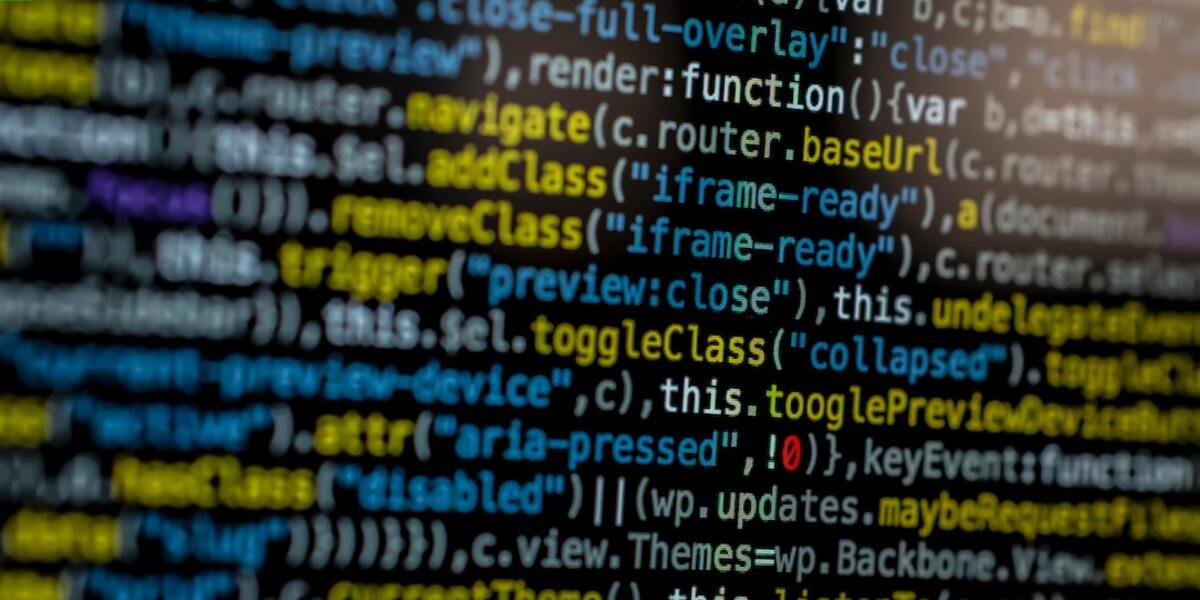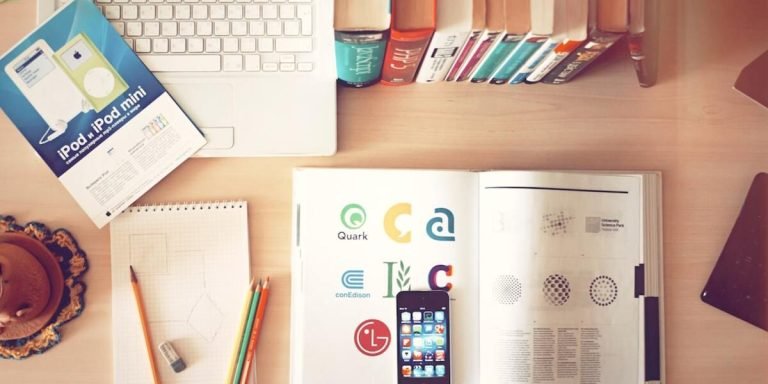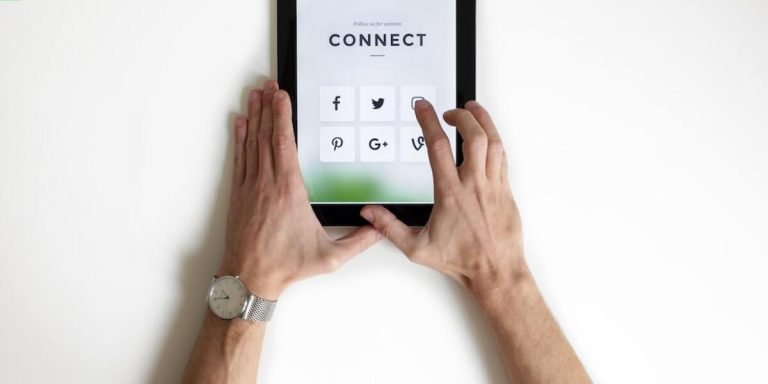Things in the Classroom That Foster a Conducive Learning Environment
The journey towards educational excellence begins with the ‘things in the classroom’. These are not just physical items, but encompass a whole range of elements integrated into daily learning routines. From ergonomic furniture design to planned curriculum structures and most importantly technology integration, everything plays an integral role in fostering a conducive learning environment.
Embracing technological advances is no longer optional for modern classrooms; it has become essential given how digital natives populate these spaces today. When used correctly, technology can seamlessly enhance instruction methods thereby unlocking new potentials among students while also helping educators track progress effectively. After all, creating environments tailored for 21st-century learners needs convergence of traditional pedagogy with innovative systems.
Did you know?
Did you know? Studies reveal that natural light in a classroom setting can boost academic performance by 20-26%. The right amount of daylight not only makes the learning space lively but also positively impacts students’ mood and focus.
The Role of Interactive Whiteboards in Modern Classrooms
As we delve into the era of advanced technology, interactive whiteboards have taken center stage in redefining instructional methods within modern classrooms. These innovative tools offer an intersection where traditional teaching meets dynamic learning environments driven by visual presentations and engaging lessons.
Interactive whiteboards transform dull chalk-and-talk sessions into vibrant, multi-dimensional experiences that captivate learners’ attention through active participation. They allow educators to craft stimulating lessons packed with images, videos and simulations related to ‘things in the classroom’. This fusion of exciting learning materials not only enhances students’ comprehension but also sparks their creativity and critical thinking skills.
Moreover, these digital boards foster real-time collaboration among pupils who can simultaneously interact on a shared platform during brainstorming or problem-solving activities irrespective of their physical location. Consequently, they cultivate effective communication skills which are crucial for navigating 213st-century life while fostering team spirit among peers.
Such integration of technology has therefore significantly reshaped education delivery mechanisms fueling improvements in learner outcomes globally.
Enhancing Learner Engagement through Digital Touch Screens
In the quickly evolving landscape of 2023, interactive whiteboards have become staple things in the classroom. They play a pivotal role, not just as accessories to teaching but integral tools that enhance learner engagement through digital touch screens.
These smart boards possess intricate features designed to make learning engaging and fun for students. With teachers contending with decreasing attention spans and increasing distractions among children, these devices leverage technology integration to capture their interest efficiently and effectively.
Firstly, they provide a multi-sensory educational platform which allows learners more interaction opportunities compared to traditional methods. Students can physically engage by touching or writing on the screen during lessons! This encourages active participation rather than passive reception of information – thus boosting comprehension and retention rate significantly.
Secondly, when using an interactive whiteboard – use visuals come alive; static diagrams turn into vibrant animations at fingertips’ command! The ability this gives educators is phenomenal: concepts often hard-to-explain now have visual aids that are easily digestible – no matter how complex!
Lastly, these fantastic technological marvels also facilitate collaborative learning environments where ideas flow freely from one young mind onto shared canvases digitally linked together by wireless connectivity options like Bluetooth or Wi-Fi direct connections between device systems present within classrooms nationwide worldwide today (or tomorrow).
Transitioning from Traditional Chalkboards to High-Tech Displays
The switch from classic chalkboards to high-tech displays is an integral part of the modern education system. This transformation has reshaped teaching methodologies worldwide, and it’s all about incorporating “things in the classroom” for a digital generation.
We live in a world where technology permeates every aspect of our lives. The field of education isn’t untouched by this tech revolution either. In fact, one can argue that schools are at the forefront when it comes to adopting new technologies due to their potential role as facilitators for learning.
Interactive whiteboards are amongst these cutting-edge technological tools gaining prominence within educational institutions today. Replacing traditional chalkboards with dynamic touch-sensitive screens allows students not just view but interact directly with knowledge on display – creating room for increased engagement and enhanced understanding among young learners.
Implementing Learning Management Systems for Streamlined Education
In this era of fast-paced technological advancement, integration into education has become more than an added advantage; it is a necessity. Learning Management Systems (LMS) stand at the forefront of this educational revolution, transforming traditional classroom environments to highly interactive and engaging e-learning spaces.
Learning Management Systems are online platforms that provide educators with tools for planning lessons, delivering content, and assessing student performance. They offer multiple features such as course management, grade books, testing frameworks, collaboration forums and much more – all aimed at streamlining the learning process while enhancing outcomes. When skilfully integrated in classrooms teaching strategies they can encourage self-paced learning among students – even within bricks-and-mortar schools.
The adoption of LMS isn’t just about adopting new technologies but creating digital-friendly classrooms where teachers use these tech tools effectively to transform instructional methods leading to improved engagement rates from their pupils. The focus shifts from mere rote memorization towards understanding concepts deeply through hands-on activities facilitated by technology — a leap towards 21st-century skills for learners who grow up attuned to screens.
Advantages of Centralized Educational Resources and Assessment Tools
In today’s highly digitized world, the advantages of centralized educational resources and assessment tools cannot be overlooked. It isn’t any wonder that teachers are continually seeking ways to incorporate ‘things in the classroom’ that can improve their teaching methods and students’ learning experiences.
One significant advantage is accessibility. The integration of a Learning Management System (LMS), like Moodle or Blackboard, allows for all class materials to be located in one central online spot. No more shuffling through piles of papers; with just a few clicks, educators can access study plans, worksheets,syllabi,and even student reports.
Furthermore,LMS offers an excellent avenue for streamlined communication between parents, students,and educators. Teachers can provide real-time feedback on assignments,giving pupils clear insights into how they’re faring academically.Parents too have direct visibility into what’s being learnt in school and their child’s progress thereby fostering transparency.
It also makes way for differentiated instruction.The use of technology enables customization according to individual student needs.Through adaptive quizzes,virtual breakout rooms,tailored lessons etc.,all based on learner data available within these systems,a personalized learning path becomes achievable.This not only optimizes each pupil’s potential but also boosts self-confidence as children learn at their own pace,rather than conforming universally set standards.
Personalized Learning Experiences with Adaptive Software Solutions
The implementation of learning management systems has greatly reshaped the educational landscape, purposefully integrating technology into education. One significant evolution in this arena is creating personalized learning experiences through adaptive software solutions.
With technological advancements revamping all aspects of life in 2023, it’s crucial to consider its impact on how ‘things in the classroom’ have evolved too. Long gone are days when classrooms were just about chalk and blackboard; today they involve smartboards, tablets et al., used intelligently to enhance students’ absorption rate by offering tailored content that meets each student at their level.
Adaptive software takes cues from a learner’s interaction with various elements during an online course or program within these systems. These include knowledge checks like quizzes and assignments which feed back into the system enabling refinement for subsequent tasks leading towards more targeted teaching styles based on individual performance levels.
This approach is efficient as it reduces time spent explaining concepts already grasped while focusing energy where help is most needed thus ensuring no one gets left behind nor held back due to variances in understanding capacity amongst class members.
Personalized digital lessons can also work wonders for those who struggle traditionally under static methods granting them autonomy over pace-setting allowing assimilation before progression onto harder challenges thereby reducing frustration experienced otherwise leading ultimately toward increased confidence and competence overall.
Utilizing Tablets and E-Readers for Dynamic Educational Content Delivery
In the digitally vibrant era of 2023, harnessing technology has become an essential part of classrooms worldwide and among these technologies, tablets and e-readers are sweeping through educational institutions. These devices offer a more engaging way to deliver classroom content that can adapt to each student’s individual pace. Tablets allow teachers to streamline communication with students by providing digital textbooks, interactive lessons as well as enable online collaboration while e-readers advocate for increased literacy skills.
Tablets leverage applications or “apps” designed specifically for education which transform learning into an immersive experience. A geography lesson isn’t merely about reading from a textbook anymore; it’s now possible to take virtual tours around different countries using digital tools installed in tablets directly from the comfort zone of their classroom environment. Similarly, E-readers have revolutionized the traditional approach towards gaining knowledge enabling portable access thousands books at any time without carrying physical weight.
Both teachers and parents can now quickly track children’s progress thanks to technological integration in the education system. Tablet-based analytics systems provide real-time performance feedback, showing grades based on tests and class participation levels. This approach promotes all-round development by focusing on more than just rote learning methods. The future looks promising and dynamic as gadgets like tablets and e-readers dynamically deliver educational material tailored to each child’s unique needs.
Benefits of Portable Technology for Diverse Learning Environments
Portable technology, including tablets and e-readers, have revolutionized the way educational content is delivered in classrooms. This advancement offers benefits that cater to varied learning environments. Using these ‘things in the classroom’ presents a moving step towards more inclusive, advanced teaching strategies adept for our digitally-driven age.
One significant benefit of portable technology lies within its ability to render education accessible for all students regardless of their location or circumstance. In rural areas or during periods where physical school attendance isn’t feasible – scenarios that are often seen today due to continuing effects from global pandemics like COVID-19 – online lessons can be accessed using devices such as tablets making it possible for learners and educators alike.
Another advantage is personalized learning paths powered by artificial intelligence algorithms embedded into some of these gadgets’ educational apps. Each student learns differently; what may take one child several repetitions to grasp might only require another single run-through explanation. Portable tech enables this kind of individualization directly through adjustable difficulty levels on practice tests quizzes etc., providing an efficient means meeting different learning needs under one digital roof.
Furthermore, practicality provided by smaller-sized items cannot be neglected when considering factors encouraging usage — easier transport than traditional textbooks resulting lower risk loss damage while increasing overall convenience day-to-day class activities pack lighter load both physically metaphorically speaking little tablet can hold infinite wisdom countless books contrast hefty weight normal bag filled paper copies each subject text would provide!
Integrating Multimedia and Interactive eBooks into Curriculum
In recent years, many changes have taken hold in the standard classroom setting. The era of chalkboards and textbooks is being replaced by advanced technology such as tablets and E-Readers that allow for more dynamic delivery of educational content. With this transition comes a world filled with multimedia accessibility and interactive eBooks at our fingertips.
Original content returned as is.
Start Small: It’s essential not to overwhelm students with too much new tech all at once. Start by integrating one or two learner-friendly apps or platforms related specifically to upcoming lessons’ topics.
Choose Appropriate Content: Not every piece of digital media fits every lesson plan perfectly; hence it’s crucial you pick suitable resources tailored towards your class needs.
Engage in Interactive Learning: Utilizing things like e-Readers allows teachers access to thousands of interactive books designed around specific subject areas making education engaging for youngsters.
Multimedia Integration: Collaborate on projects using audiovisual elements from various sources creating an immersive cognitive environment conducive to functional understanding beyond traditional written text comprehension levels.
Use Feedback Mechanisms : Most online teaching tools offer instant feedback mechanisms allowing educators immediate insight into learners grasp over subjects enabling modification strategies accordingly thus ensuring comprehensive growth effective performance analysis resulting fruitful academic progression.
Conclusion
As we journey through the nuances of education, it’s clear that the “things in the classroom” go beyond mere physical infrastructures. They form an intricate web of elements designed to inspire curiosity, foster critical thinking and ignite a lifelong passion for learning. The stage has been set – armed with these insights, we can shape classrooms into exciting environments that stimulate students’ minds.
Remember this is just one piece in our extensive collection covering everything childhood education related: from insightful thought pieces on teaching models to practical guides for parent-educator collaboration. So why stop here? Broaden your understanding and empower yourself by exploring more resources available right at your fingertips on our website!
Your role as parents or educators could be made measurably easier with access to abundant informative content you’ll find circling around enriching every child’s educational journey.







